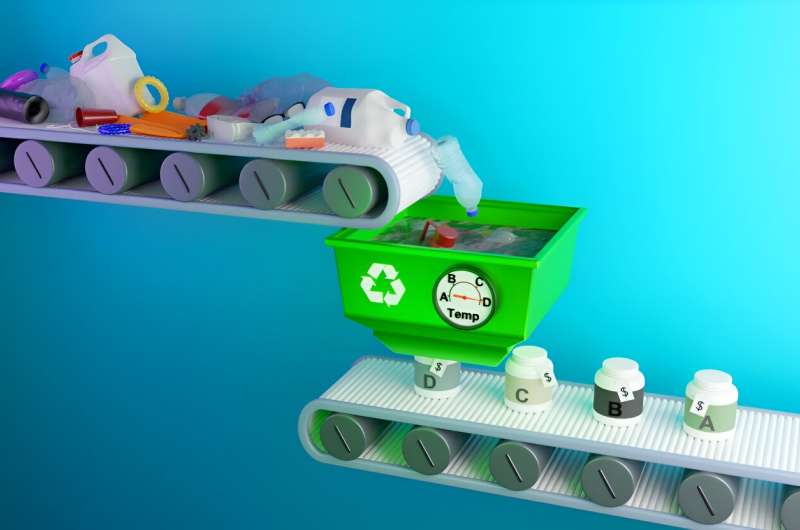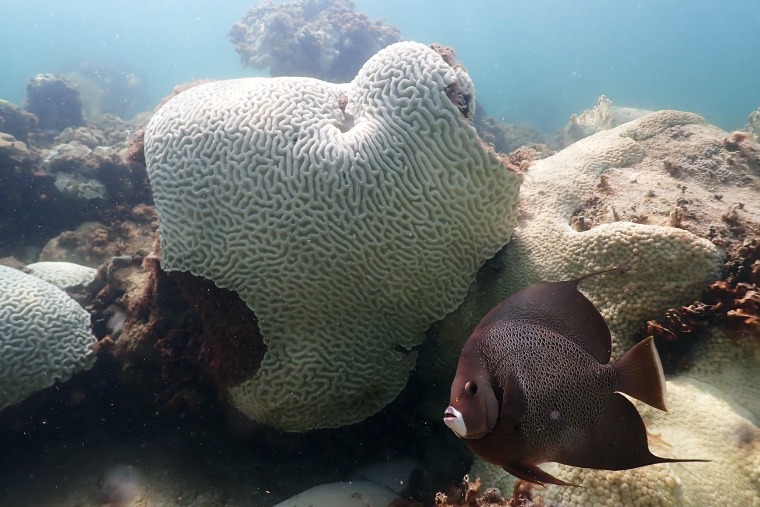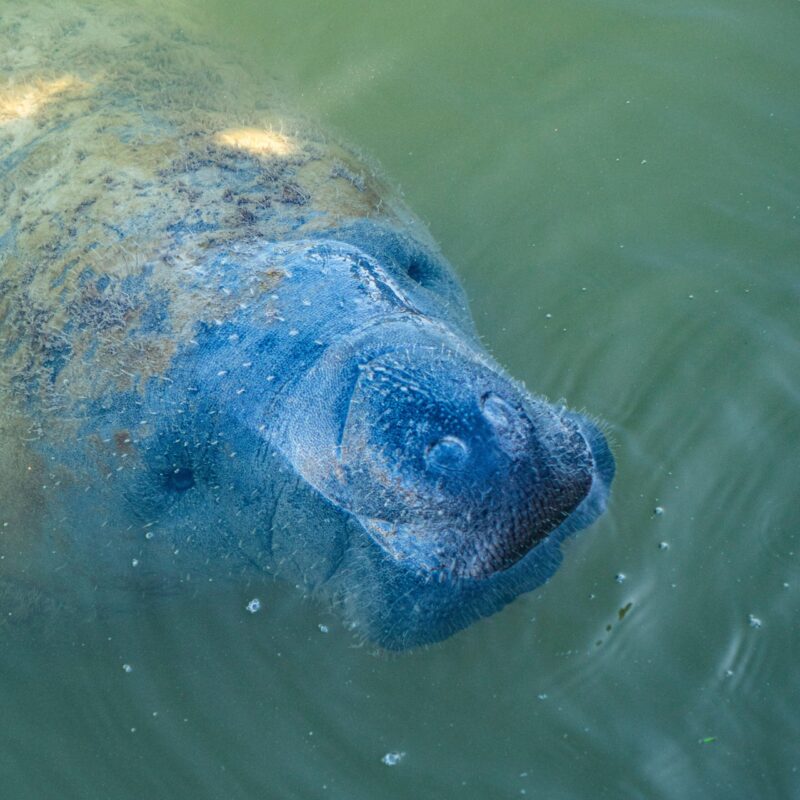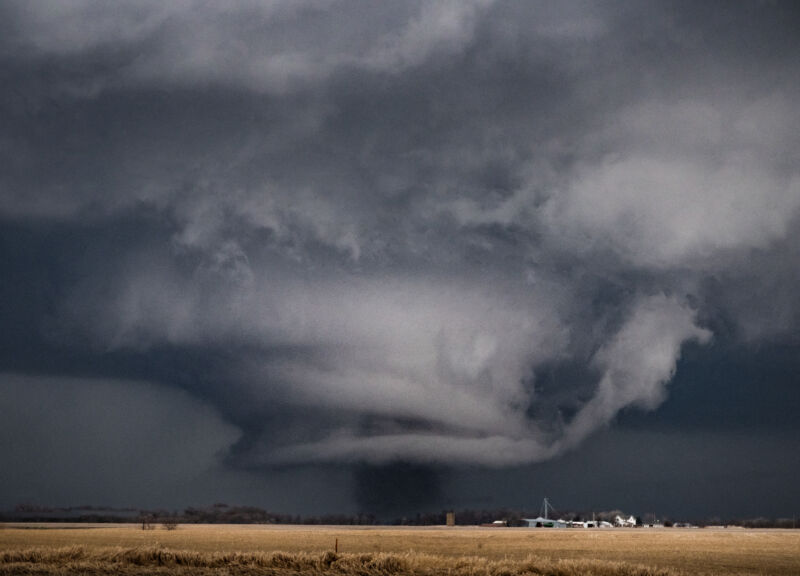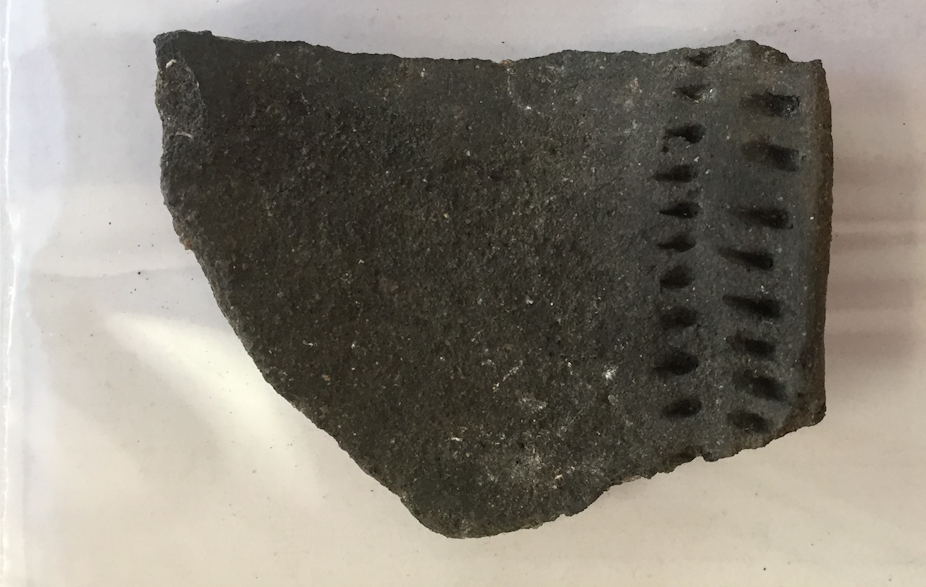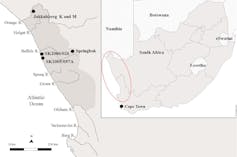New study shows Hunga-Tonga Hunga-Ha'apai eruption depleted ozone layer
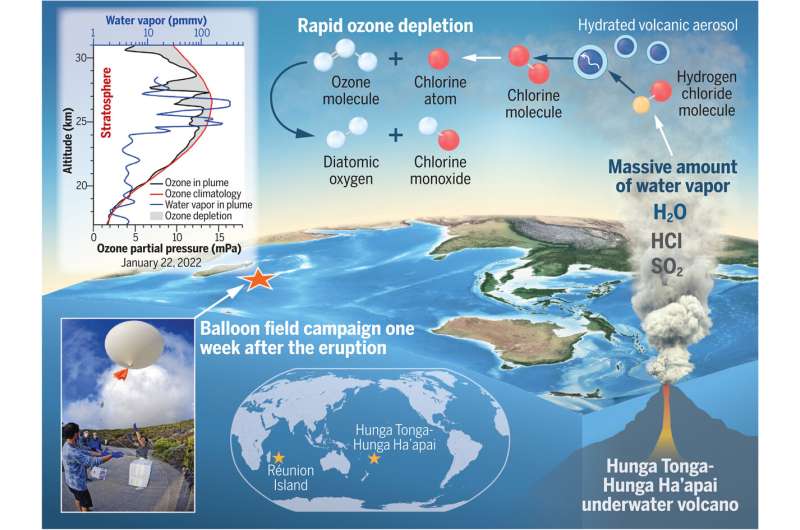
A large team of atmospheric specialists has found that when the Hunga-Tonga Hunga-Ha'apai volcano erupted last year, it took part of the ozone layer with it. Their findings are published in the journal Science.
Prior research has shown that the Hunga-Tonga Hunga-Ha'apai eruption was one of the more powerful explosions ever recorded. It was also unique in that instead of spewing just volcanic material, dirt and rocks, it also sent a very large amount of ocean water into the atmosphere. In this new effort, the research team have found that all that saltwater reacting with other chemicals in the atmosphere, resulted in breaking down O3 in the ozone layer.
To learn more about the impact of the eruption, the researchers sent balloons with sensors into the atmosphere from nearby Réunion Island just five days after the volcano erupted. In studying the data from the sensors, the researchers found that ozone levels in the plume were approximately 30% below normal levels.
As the balloons continued to monitor the plume as it floated across the Indian and then Pacific Ocean, they found depletion totals of approximately 5%. The depletion, they found was due to ocean water reacting with molecules in the atmosphere that contained chlorine, leading to a breakdown of ozone—in amounts that had never been seen before in such a short time.
The research team from Université de La Réunion, working with colleagues from the NOAA Chemical Sciences Laboratory, the University of Colorado, St. Edward's University, the University of Houston, the Finnish Meteorological Institute, the National Center for Atmospheric Research, the Swiss Federal Institute of Technology, NASA Goddard Space Flight Center and California Institute of Technology, notes that a 5% reduction in the ozone layer is not alarming both because it was localized and because in real-world terms, it was not that much. They note that the hole in the ozone layer over Antarctica sees a 60% depletion toward the end of every year.
Several chemical science experts have commented on the findings by the team; Dr. Laura Revell, for example, with the University of Canterbury noted that it is "fairly common to see short-term ozone losses following a major eruption as a result of reactions involving volcanic aerosol and chlorine." And Olaf Morgenstern, with Atmosphere and Climate, NIWA, noted that "… the speed of the observed ozone depletion challenges our understanding of the chemistry occurring on the surfaces of these particles and droplets."
More information: Stephanie Evan et al, Rapid ozone depletion after humidification of the stratosphere by the Hunga Tonga Eruption, Science (2023). DOI: 10.1126/science.adg2551
Journal information: Science
© 2023 Science X NetworkWater in atmosphere from Tonga eruption may weaken ozone layer
LA REVUE GAUCHE - Left Comment: Search results for Hunga-Tonga
